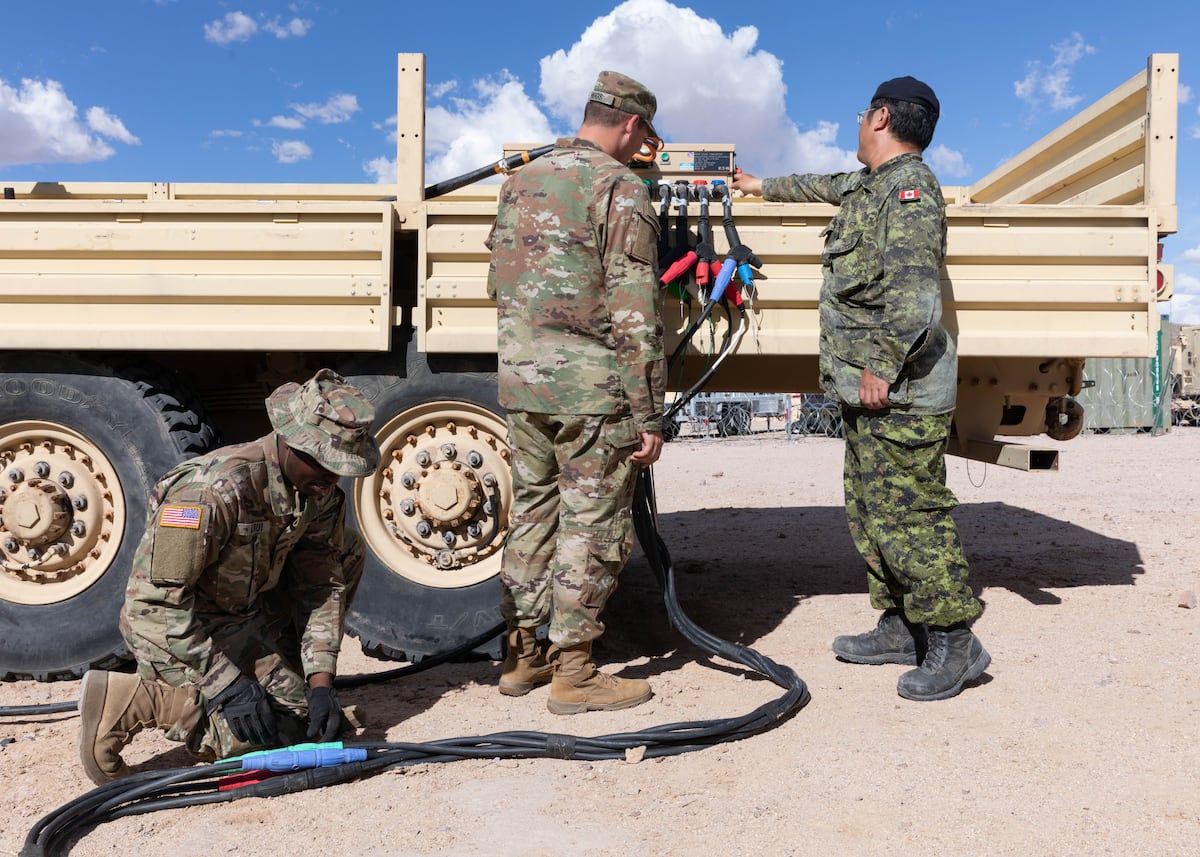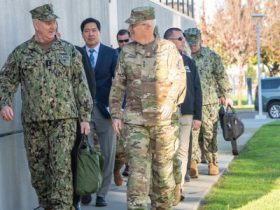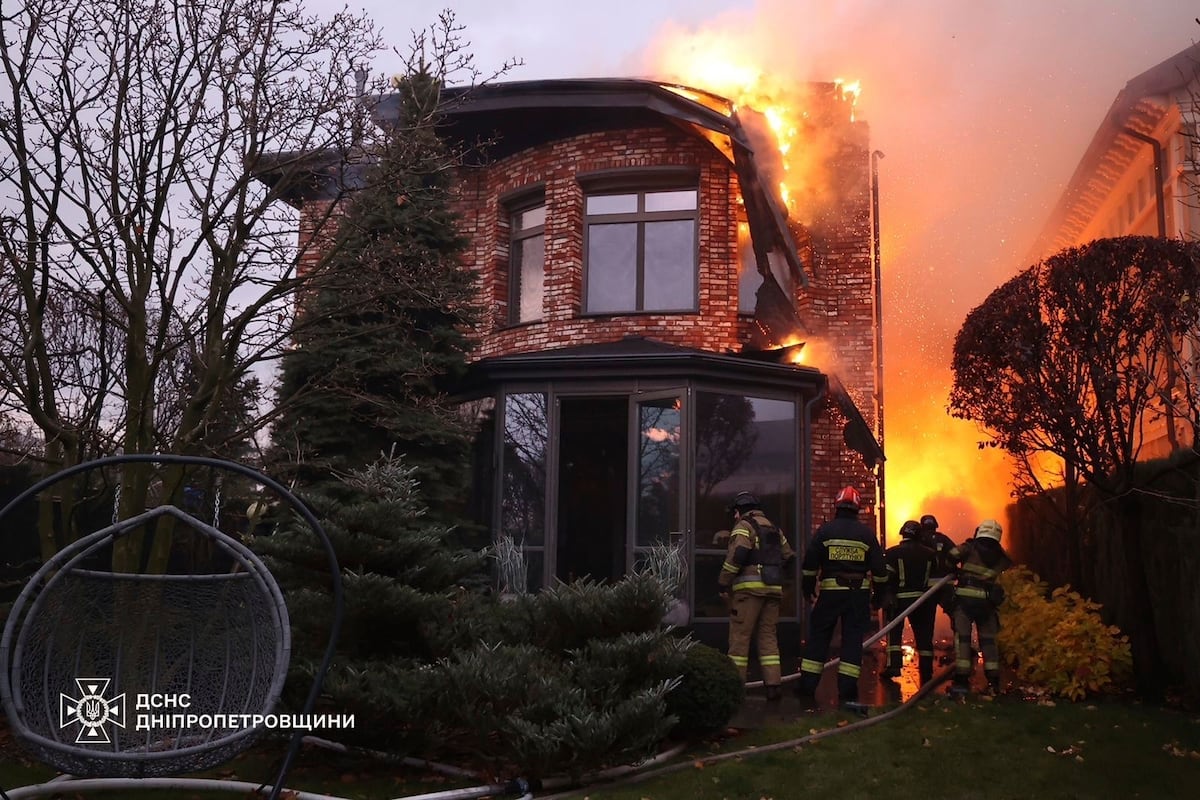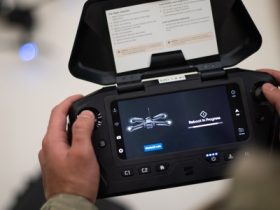NATIONAL HARBOR, Maryland — Air Force Special Operations Command has returned about 60% of its CV-22 Osprey fleet to fully operational flight status and expects to once again deploy the tilt-rotor aircraft to support combatant commands in a matter of weeks.
In a roundtable with reporters at the Air and Space Forces Association’s Air Space Cyber conference, AFSOC commander Lt. Gen. Michael Conley said the command is clearing about three Ospreys for flight operations every 10 days as it gradually lifts the fleet’s grounding.
AFSOC has roughly 50 CV-22s, and expects to have all its Ospreys back to normal flying operations by late 2024 or early 2025. Conley would not say where Ospreys are likely to deploy.
The military in December 2023 grounded all its V-22s, which are flown by AFSOC, the Navy and the Marine Corps, following the fatal crash of an Air Force Osprey off the coast of Japan a week earlier. That crash killed all eight crew members aboard.
An Air Force investigation later found the crash was caused in part by cracks in a crucial gear driving the tilt-rotor aircraft’s proprotors, and also by the pilot’s decision not to land the aircraft after multiple alerts known as “chip burn warnings” sounded in the aircraft. Those alerts let Osprey air crews know when metal flakes are starting to come off of its gears, which can be a sign the aircraft is stressed.
After a three-month grounding, the Pentagon announced it would start to return its Osprey fleet to flight operations, after revising training for troops flying them and changing maintenance procedures. There were no equipment modifications instituted as a prerequisite for returning the aircraft to flight.
AFSOC put new operating guidance in place earlier this year to require Osprey pilots to land sooner when chip burn warnings go off, Conley said. Now, Osprey air crews are instructed to land as soon as practical after the first warning sounds, and after a second, land as soon as possible.
Pilots always have discretion to fly their aircraft the way they think it requires, Conley said, since each flight has its own unique circumstances. But the tighter guidance on landing is meant to “make it less ambiguous to the crews” to decide what they should do in dangerous situations.
AFSOC had to quickly requalify its Osprey instructors and evaluators before it could start retraining air crew members, Conley said.
And Conley said AFSOC has been “very deliberate and slow and methodical” as it goes through its Osprey fleet one by one, and paying particular attention to aircraft parts.
Naval Air Systems Command Boss Vice Adm. Carl Chebi, who oversees the military’s Osprey program, told lawmakers in June that the entire V-22 fleet would likely not be back to normal flight operations until at least mid-2025.
Stephen Losey is the air warfare reporter for Defense News. He previously covered leadership and personnel issues at Air Force Times, and the Pentagon, special operations and air warfare at Military.com. He has traveled to the Middle East to cover U.S. Air Force operations.
Read the full article here







Leave a Reply